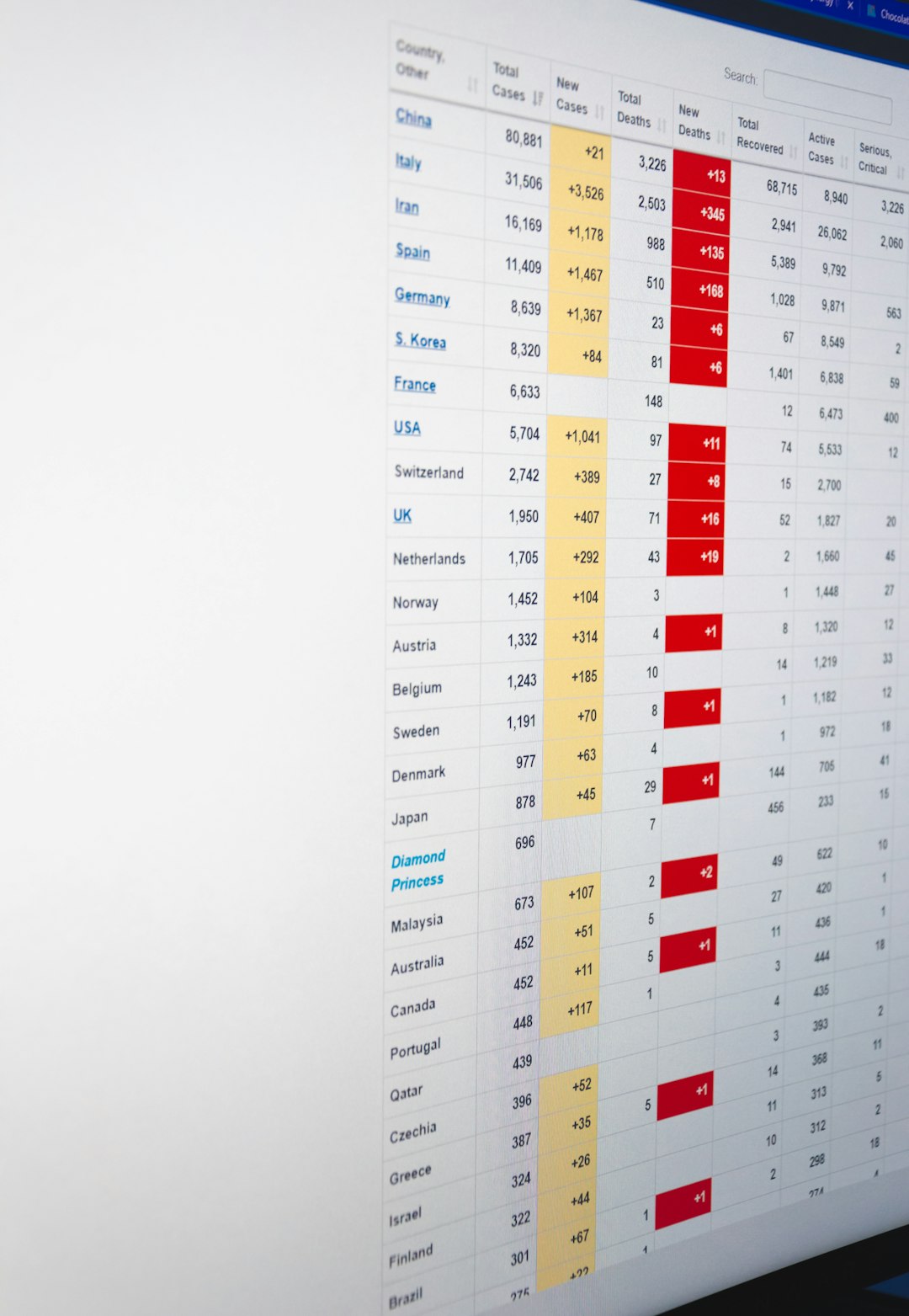In the fast-paced world of sports betting, staying ahead of the game means arming oneself with tools that provide an edge. One such edge lies in using ranking systems like Elo and Glicko, which are widely respected in competitive fields. Originally developed for ranking chess players, these rating systems have made their way into sports analysis, including betting. By building custom Elo or Glicko rankings, bettors can create predictive models that are tailored, data-driven, and potentially more insightful than traditional methods.
Understanding Elo and Glicko Ratings
The Elo rating system is a method for calculating the relative skill levels of players or teams. Developed by Arpad Elo, the system updates ratings based on game results. This dynamic model ensures that current performance is reflected more accurately than historical reputation alone.
On the other hand, the Glicko rating system, invented by Mark Glickman, is an extension of Elo that adds a level of sophistication. It not only evaluates the rating itself but also includes a Rating Deviation (RD). RD represents the degree of certainty in a team or player’s rating. This makes Glicko especially useful in scenarios where frequency and consistency of play vary widely.
Elo Rating System Explained
The Elo method assumes that the difference in ratings between two entities predicts the probable outcome of a matchup. After the event, winners gain points, and losers lose points. The amount of shift is determined by:
- Scored outcome (win, loss, or draw)
- Expected outcome derived from pre-match ratings
- An adjustment factor known as the K-factor
The formula is relatively straightforward and efficient, making it a popular choice among bettors looking to develop quick modeling systems.
The Mechanics of Glicko
Glicko builds on Elo by incorporating statistical confidence. Besides the rating (R), Glicko gives each contestant a Rating Deviation (RD), which quantifies uncertainty in the estimate. Players or teams with fewer matches will have a higher RD, indicating more uncertainty about their true skill level.
Moreover, Glicko updates both R and RD after each event, making it a more responsive system that adapts quickly to changes in performance. There’s also a Glicko-2 variant, which adds a volatility metric for even finer control.

Why Bettors Should Build Their Own Rankings
The raw predictive power of Elo or Glicko lies in their flexibility. While bookmakers use advanced models behind the scenes, public bettors often rely on consensus odds or historical stats. Constructing a custom rating system gives bettors the chance to:
- Uncover edges in betting markets – Especially in lower-tier leagues where analytics are less prevalent
- Control the model’s parameters – Customize K-factors or volatility settings to match your research or gut instinct
- Continuously adapt based on a team or player’s recent form and schedule strength
- Enhance simulations and forecasting when building betting models or conducting scenario analysis
Moreover, Elo and Glicko systems are transparent and open-ended, allowing users to tweak formulas and weight variables that matter most to their unique handicapping strategy.
Choosing Between Elo and Glicko
Which system is better? It depends on your goals:
- Elo is simpler to understand and easier to implement. It’s perfect for bettors getting started with personal rankings.
- Glicko delivers more analytical power thanks to its built-in uncertainty metrics, offering better value in tournament settings or leagues with irregular play schedules.
If you’re analyzing markets like college football or tennis—where performance variance is high and competition isn’t always consistent—Glicko could prove especially useful.

Building a Custom Rating System: Step-by-Step
Constructing your own ratings using Elo or Glicko isn’t as daunting as it might seem. Here’s a general roadmap for Elo (the process for Glicko is similar, with added complexity).
Step 1: Define Your Universe
Select the sport or league. For example, if you’re focused on NBA betting, compile a dataset with at least one or two seasons’ worth of game results, with team scores and outcomes.
Step 2: Choose Baseline Ratings
Assign starting ratings. 1500 is standard for Elo, but feel free to base them on previous season performance or betting market closing lines.
Step 3: Set the K-factor
The K-factor determines how much ratings adjust after each event. A high K makes the model more reactive, while a lower K smooths out fluctuations. For example:
- NBA: K = 20–30
- Soccer: K = 60–100 due to fewer games
You can experiment with values and backtest against historical performance to optimize it.
Step 4: Update Ratings After Each Match
Use the Elo update formula:
New Rating = Old Rating + K × (Actual Score – Expected Score)
Expected Score is calculated via a logistic function, derived from the rating difference between both sides.
Step 5: Backtest and Optimize
Compare your rating system’s predictions with actual outcomes across multiple games or seasons. This will help you identify biases, tweak the K-factor, or even factor in elements like home advantage or rest days.
Step 6: Advanced Enhancements
After mastering Elo, consider adding weights for:
- Strength of Schedule
- Injury Reports
- Playoff pressure (teams often perform differently in high-stakes games)
Once comfortable, diving into Glicko or building hybrid systems incorporating machine learning could be the next level of development.

Common Pitfalls to Avoid
Even with a well-built rating system, bettors can make mistakes:
- Overfitting – Making your model too perfectly suited to historical data reduces its predictive power.
- Ignoring market context – Ratings are invaluable, but they should complement line shopping and injury news.
- No routine updates – Ratings should evolve. Failing to update after every game can rapidly lead to stale projections.
Discipline, quality data, and routine recalibration are key ingredients to building lasting value through Elo or Glicko systems.
Conclusion
Custom Elo and Glicko ratings empower bettors by giving them control over how performance is measured. These systems provide structure, flexibility, and analytical power not typically available from standard stat sheets or consensus odds. Whether you’re new to modeling or an experienced sports data practitioner, creating your own rankings can elevate your betting strategy to new heights.
FAQ
- What sports are best suited for Elo and Glicko?
Elo and Glicko can be applied to almost any sport. They’ve been successfully used in basketball, football, soccer, tennis, esports, and more. - How often should I update my ratings?
Ideally, after each game or event. This keeps your rankings fresh and relevant. - Can Elo or Glicko be used for in-play betting?
While not traditionally used in real-time betting, simplified versions of Elo can be adapted for live models if data is streaming in real time. - Do I need programming skills to build a rating system?
Basic programming in Python or Excel formulas is helpful, but several online tools and templates can help non-coders start building simple systems. - Is there a way to automate updated rankings?
Yes. Once the model is built, ratings can be updated automatically using databases, APIs, and basic scripting tools.
